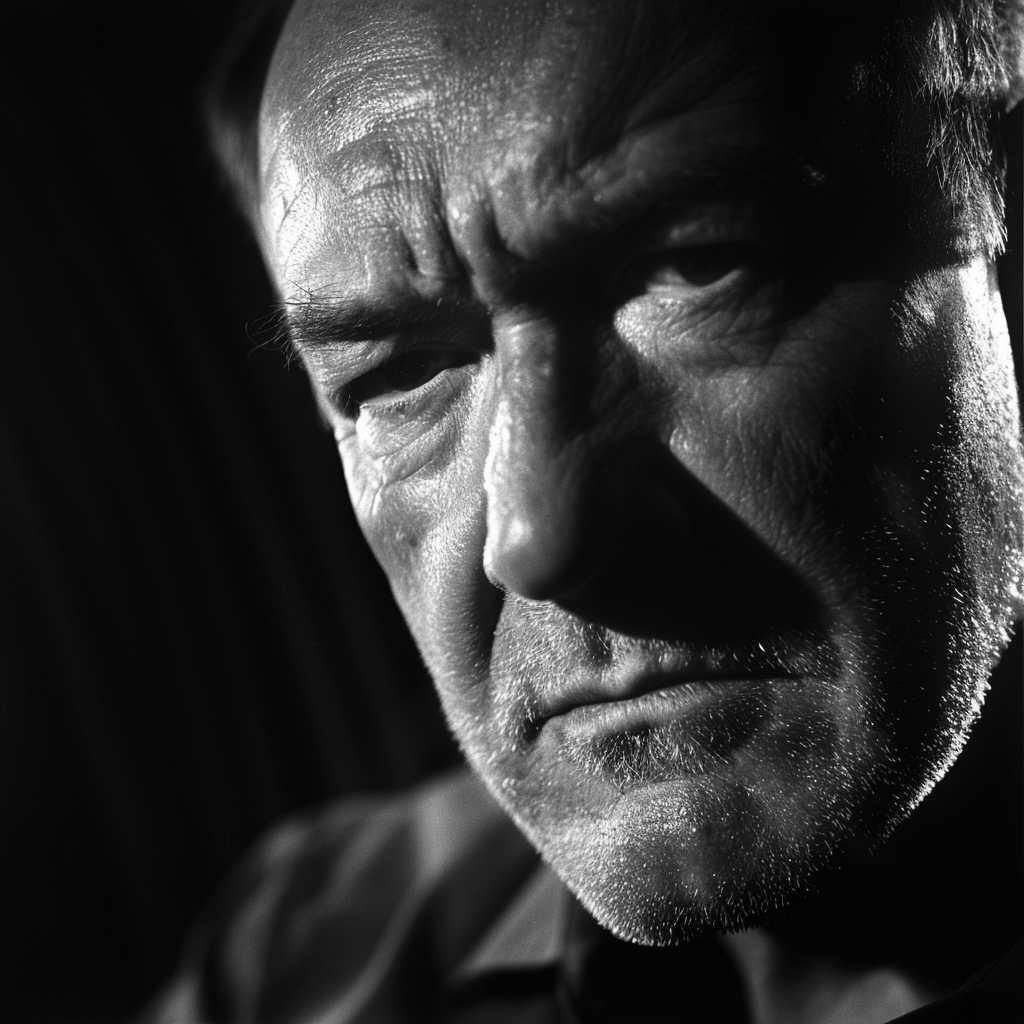The Enduring Legacy of Gene Hackman: Celebrating a Storied Career in Film and Beyond
Gene Hackman, a name synonymous with versatility and rugged authenticity, has carved a unique space for himself in the hallowed annals of American cinema. With a career spanning six decades that includes two Academy Awards and a slew of other accolades, Hackman’s legacy as an actor and his influence on the film industry is profound and undeniable. This comprehensive reflection upon Hackman’s life examines his rise to stardom, his iconic roles and performances, influences on cinema, his decision to retire, and his life beyond the screen.
From Humble Beginnings to Hollywood Stardom
Born on January 30, 1930 in San Bernardino, California, Gene Hackman’s early life was transient and challenging. The son of a struggling newspaper pressman and a mother who left the family when he was young, Hackman dropped out of high school to join the U.S. Marine Corps at 16. Post-military service, he moved to New York to pursue acting, entering the Pasadena Playhouse in California where he met Dustin Hoffman, marking the beginning of a lifelong friendship.
Despite an alma mater teacher remarkedly declaring him “least likely to succeed,” Hackman’s relentless perseverance paid off. By the late 1950s, he had begun finding work in off-Broadway plays which ultimately opened avenues into television and film.
Birth of an Actor: Screen Presence and Method Acting
Hackman’s approach to his craft was heavily influenced by method acting—a technique popularized by actors from the New York Actors Studio. He perfected this art form by delving deep into his characters’ psychology which added remarkable dimensions to his performative repertoire.
Early roles in significant films like “Bonnie and Clyde” (1967) paved his way to wider critical acclaim portraying the Buck Barrow with raw intensity. This role exhibited Hackman’s ability to provide multi-layered performances that resonated with viewers.
The 1970s: A Decade of Distinction
The 1970s ensued as Gene Hackman’s golden era. Winning the Oscar for Best Actor in 1971 with William Friedkin’s “The French Connection,” he embodied New York detective Jimmy “Popeye” Doyle with such convinction it became an indelible part of American cinematic culture.
Subsequently, hit films like “The Poseidon Adventure” (1972) and Coppola’s “The Conversation” (1974) established him as a Hollywood heavyweight prosperous at both box offices and amongst critics.
Diversity in Roles: A Signature Versatility
Throughout the 1980s and ’90s, Hackman showed no sign of creative stagnancy—starring in diverse roles ranging from supervillains like Lex Luthor in “Superman” (1978) to embittered FBI agents in “Mississippi Burning” (1988). This versatility displayed his remarkable ability to transcend genre constraints—endearing him to fans across various demographic constituencies.
Final Bow: The Decision to Retire
In 2004, after more than 80 film appearances, Gene Hackman took his final bow from acting with “Welcome to Mooseport.” While seldom discussed, aging and a desire for privacy may well have played significant roles in his retirement decision.
Life Beyond Hollywood: Renaissance Man
Besides acting, Gene Hackman is an accomplished author. His novel “Payback at Morning Peak” exemplifies his talent beyond on-camera artistry. Further-more, his personal life reflects calm—a direct contrast from the typically frenetic lifestyle attributed to people of his fame level.
Notes
Image Description
The image shows a classic black-and-white headshot of Gene Hackman. His intense gaze projects confidence and introspection while hints of on-screen characters past seem to linger in his expression. His features are poignantly underscored by sophisticated lighting that accentuates the contours of his rugged-yet-refined visage.
